The largest stone dragon statue on steps in Vietnam
The story of the construction of the Ho Dynasty Citadel (Vinh Loc district, Thanh Hoa province) has many mysteries such as: How could the ancients build the citadel so quickly, in just 3 months with large rocks of tens of tons, the material that bound the rocks, the transportation...
In particular, the story of the pair of headless stone dragons, to this day no one has been able to explain why the pair of dragon statues lost their heads and where the dragon heads are now. We only know that the pair of headless stone dragons are currently lying parallel to the road in the inner city from the South gate to the North gate.
Talking to Dan Viet , Mr. Trinh Huu Anh - Deputy Director of the Center for Conservation of World Heritage of Ho Dynasty Citadel said: "Currently, the architectural works in the inner city no longer exist, but there are still a pair of stone dragons, this is the only remaining evidence of the majestic palaces of the past."
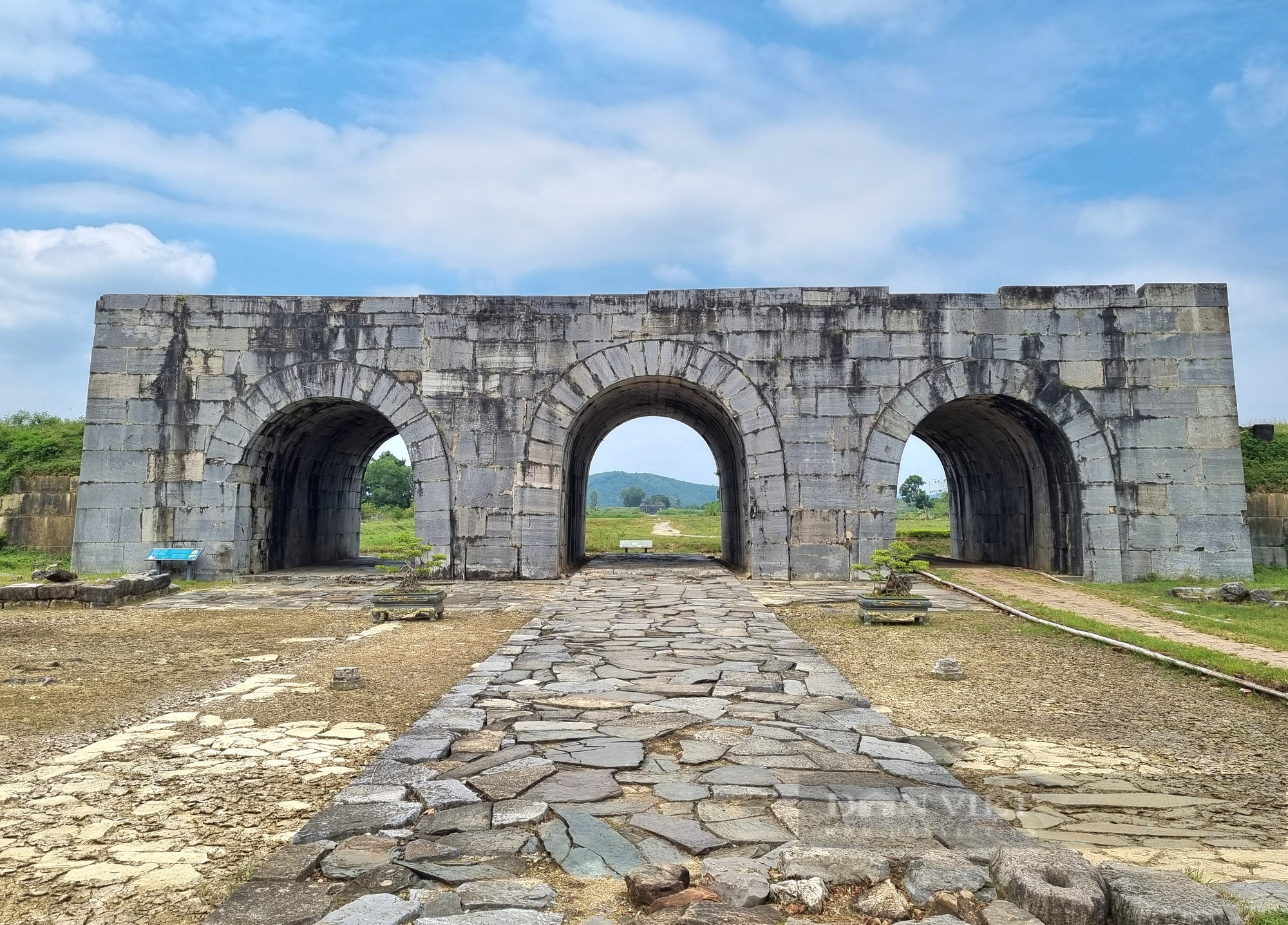
Ho Dynasty Citadel (Vinh Loc district, Thanh Hoa province) has been recognized as a world cultural heritage. Photo: Vu Thuong
According to Mr. Huu Anh, this is the largest stone dragon statue in Vietnam, the pair of dragons are 3.8m long. The dragons' bodies are plump, strong and round. The whole body is covered with double scales.
In particular, on the back there is a raised fin that makes the snake strong and sturdy. The smooth dragon gills exude a lot of flexibility. Behind the gills is a long mane.
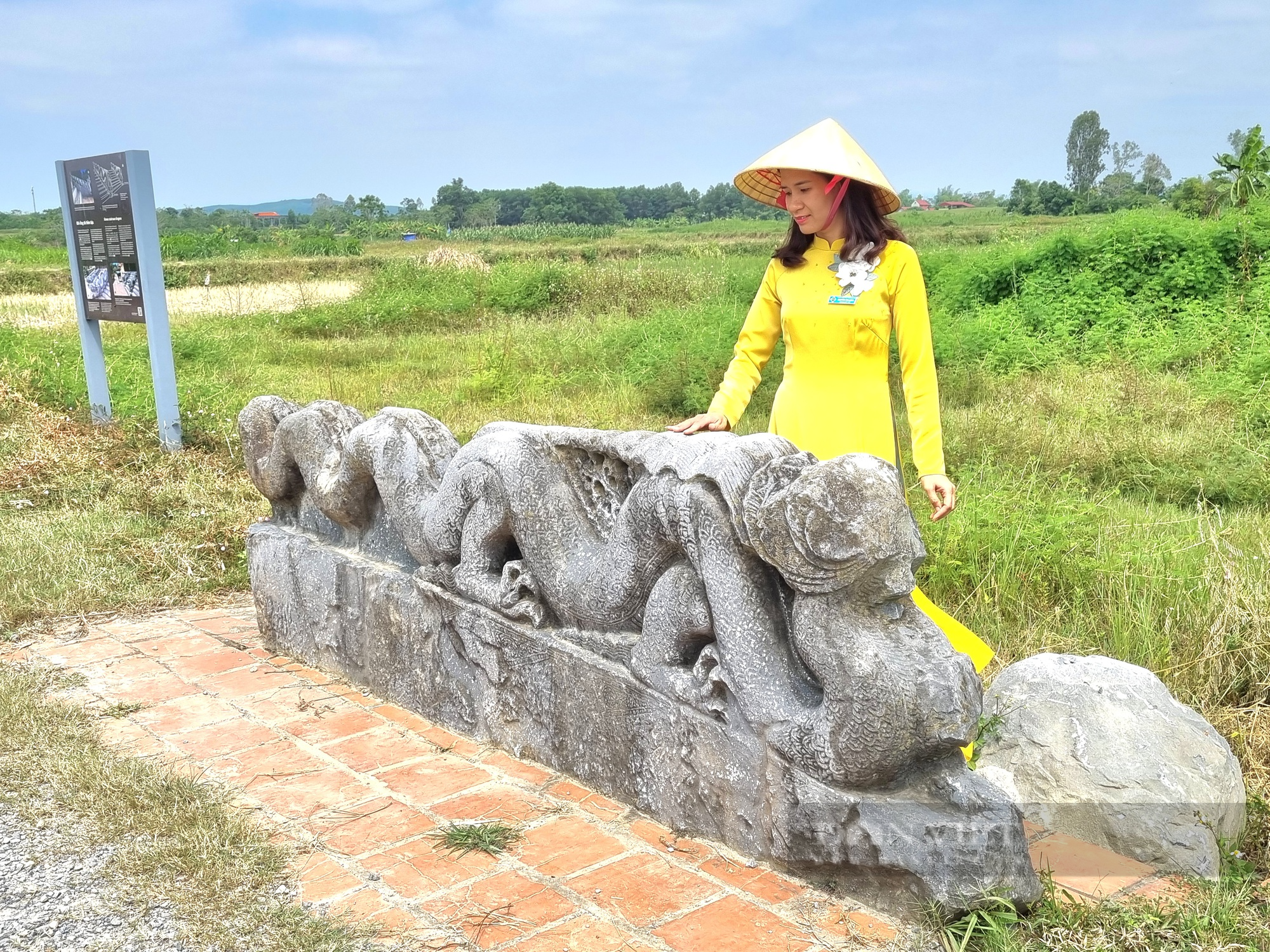
The stone dragon statue on the steps of Ho Dynasty Citadel is the largest in Vietnam. Photo: Vu Thuong
The image of the dragon on the ramparts no longer has its head, but through the structure of each part of its body and the decorative patterns, the artistic lines bear the strong imprint of the Tran-Ho art style. This is also a symbol of the power and authority of the feudal dynasty.
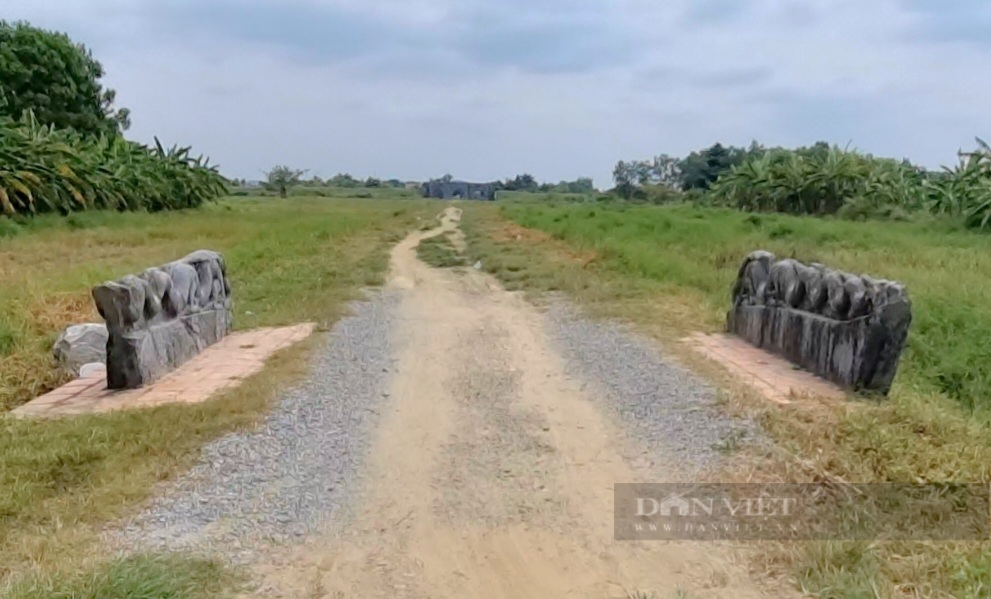
A pair of stone dragons lie parallel to the road in the inner city from the South gate to the North gate. Photo: Vu Thuong
The pair of stone dragons above were discovered by the French in 1938 when they built an internal road in the citadel, not discovered by the people as rumored.
5 hypotheses why the stone dragons lost their heads
Mr. Trinh Huu Anh - Deputy Director of the Center for Conservation of World Heritage of Ho Dynasty Citadel discussed: "Why the pair of stone dragons lost their heads, who cut off the dragon heads, until now there is still no well-founded explanation. However, through the stories of the people, historians... there are 5 hypotheses about why the pair of stone dragons in Ho Dynasty Citadel lost their heads".

Stone dragons have decorative patterns and artistic lines bearing the mark of Tran-Ho art style. Photo: Vu Thuong
Specifically, first, according to some elders in Xuan Giai village (Vinh Tien commune, Vinh Loc district, Thanh Hoa province), there is a story that has been passed down by word of mouth since ancient times that because the dragon's head was facing the village, fires often broke out in the village. Believing that the dragon breathed fire and caused trouble, the people in the area cut off the dragon's head.
Second, some people believe that the dragon's head contains precious gems and jewels, so taking advantage of a rainy night, a group of people cut off the dragon's head and took it to another place to get the jewels. The oral story that the pair of dragons contained precious gems and jewels is unfounded because the dragons were carved from a single block of stone.
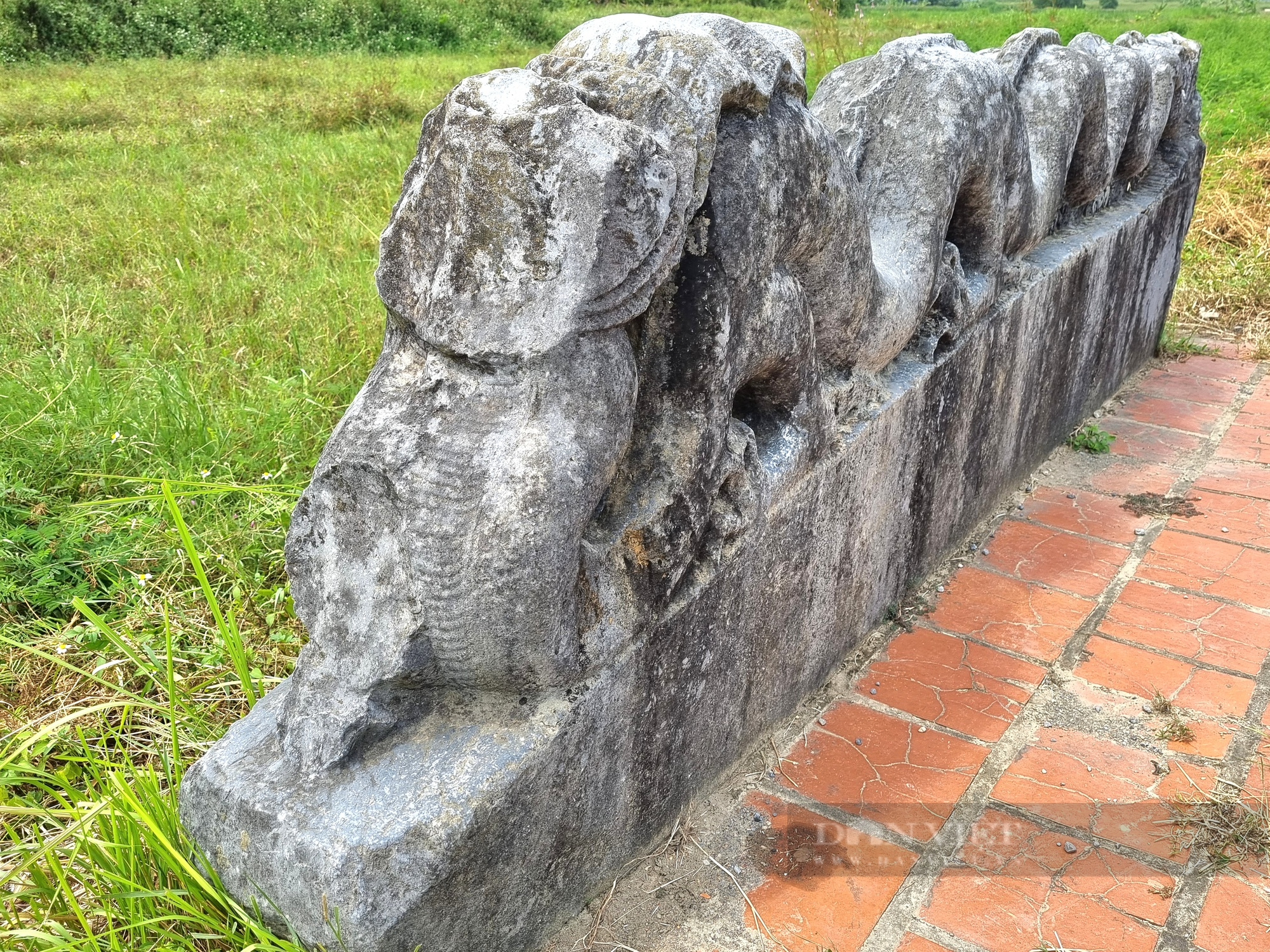
Close-up of the headless stone dragon. Photo: Vu Thuong
Third, there is also an opinion that at that time many people disagreed with the harsh policies of the Ho Dynasty, so they were angry and cut off the dragon's head.
Fourth, during the French colonial period, the French forced the local people to spread flower mats from the city gate to the pair of stone dragons every month and every year. The villagers were so angry about this that they cut off the dragons' heads.
Fifth, according to many historians, the stone dragon lost its head because the Ming army, because while being besieged by the Lam Son army for many days in the citadel, due to lack of drinking water, food... the Ming army angrily smashed many objects in the citadel, including the pair of stone dragons.

The Ho Dynasty Citadel was completed within 3 months. Photo: Vu Thuong
Mr. Trinh Huu Anh said: "The headless stone dragons are all just speculation and word of mouth, there is no document or history book that records why the headless stone dragons were lost. Even during the excavation of the Ho Dynasty Citadel, no dragon heads were found, and the story of the headless stone dragons in the Ho Dynasty Citadel is still a mystery."
Ho Dynasty Citadel (also known as Tay Do Citadel) located in Vinh Long and Vinh Tien communes, Vinh Loc district, Thanh Hoa province, is one of the most unique stone architectural works in Vietnam and the world. The work was built by Ho Quy Ly in 1397, and was once considered the capital, the political and social cultural center of Dai Ngu country under the Ho Dynasty.
After more than 600 years of existence with many historical events, many locations of the imperial citadel were destroyed, but the citadel remained almost intact. On June 27, 2011, the Ho Dynasty Citadel was officially recognized as a world cultural heritage by the United Nations Educational, Scientific and Cultural Organization (UNESCO).
Source: https://danviet.vn/ky-bi-hai-con-rong-da-bi-mat-dau-tai-thanh-nha-ho-o-thanh-hoa-5-gia-thiet-dang-dat-ra-20231020122032553-d1124586.html




![[Photo] General Secretary To Lam attends the 80th Anniversary of the Cultural Sector's Traditional Day](https://vphoto.vietnam.vn/thumb/1200x675/vietnam/resource/IMAGE/2025/8/23/7a88e6b58502490aa153adf8f0eec2b2)
![[Photo] Prime Minister Pham Minh Chinh chairs the meeting of the Government Party Committee Standing Committee](https://vphoto.vietnam.vn/thumb/1200x675/vietnam/resource/IMAGE/2025/8/23/8e94aa3d26424d1ab1528c3e4bbacc45)



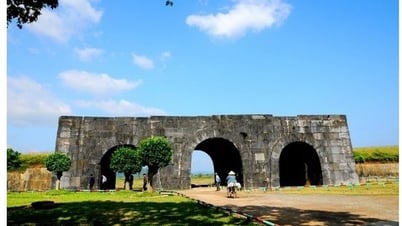

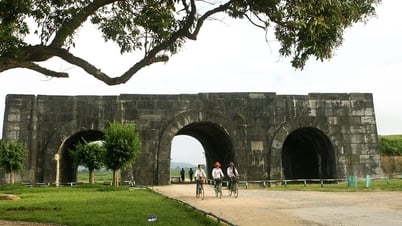





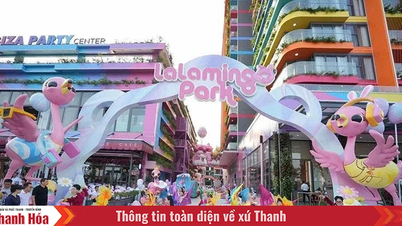



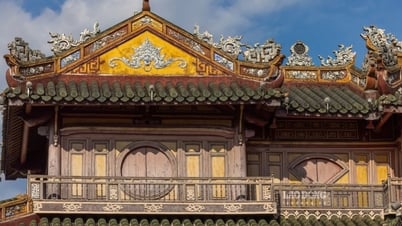

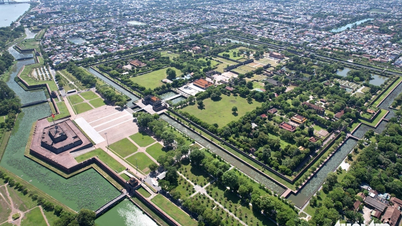



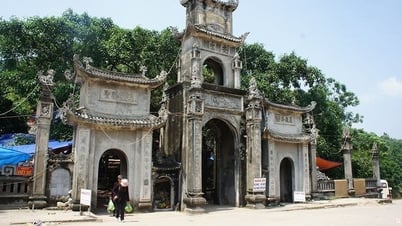


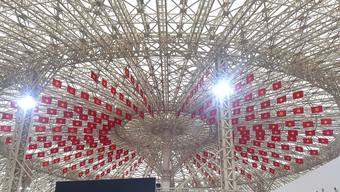




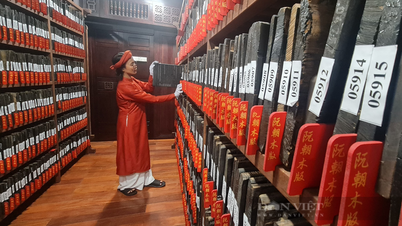

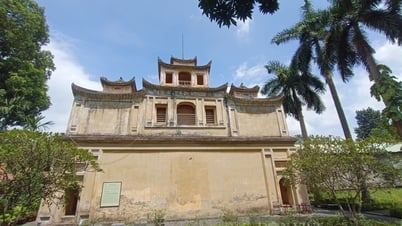
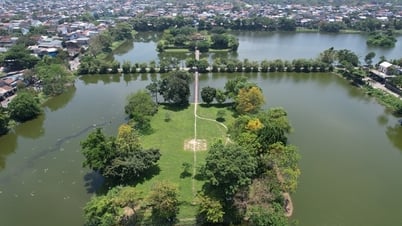




















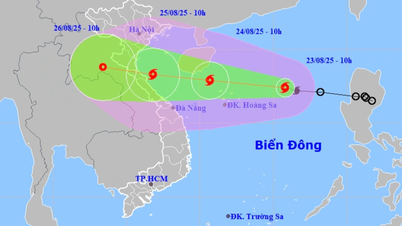














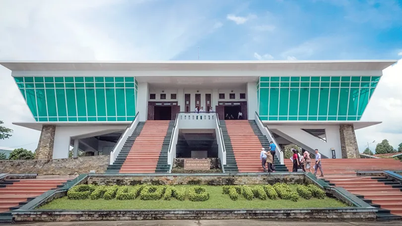






















Comment (0)